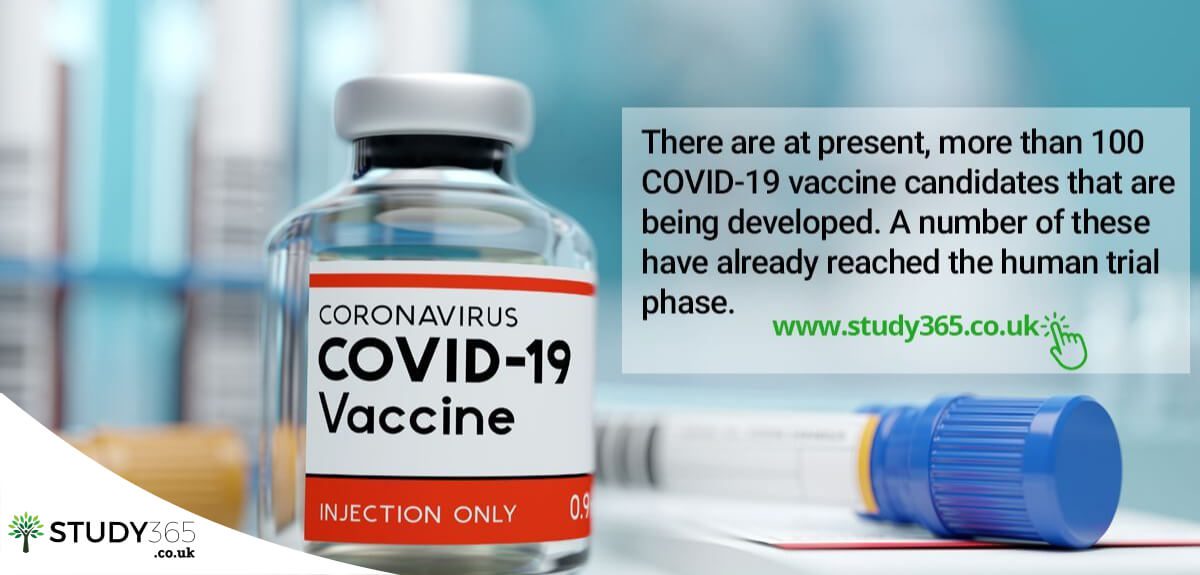Healthcare in the times of COVID-19

The COVID-19 pandemic is still at large and is almost completing a year, globally. The majority of countries that have been impacted still continue to battle against this pandemic that seems to not be slowing down just yet. With healthcare facilities strained to the brim, we want to bring you some information data that will help you understand the status around the world. We also want to share information with you that will help you keep you and your loved ones safe.
A look around the world and its battle with COVID-19
As updated by WHO on their official website, the numbers as of the time of writing of this post stand as follows. 43 341 451 Confirmed cases 1 157 509 Confirmed deaths 218 Countries, areas or territories with cases
What is going on with the COVID-19 vaccine?
Who has been working actively to track the pandemic, advise and provide critical interventions, distribute medical supplies and also racing against time to find a vaccine that can finally free people from the fear that seems to have gripped all of this year. There are at present, more than 100 COVID-19 vaccine candidates that are being developed. A number of these have already reached the human trial phase. WHO is working with businesses, scientists, global health facilities and others through the ACT Accelerator to speed up the response to the pandemic. When a safe as well an effective vaccine has been finalized, COVAX (led by WHO, GAVI and CEPI) will ensure that there is equitable access and that these vaccines are distributed to all the people in all the countries. The people who are at the highest level of risk will be prioritized.
So what can you do about your health during these trying times?
You need to maintain a minimum of at least 1 meter between you and others. This will reduce your risk of infection if they cough, sneeze or speak. When indoors, make sure that you maintain an even greater distance from people. By now, you should also be normalized to wearing a mask. It is no longer a novelty – it has become a norm for us.
There are basics to wearing a mask too
Clean your hands thoroughly before you put on your mask. Wash your hands again once you remove your mask. The mask you wear should cover your nose, mouth and chin. There are also specifics on what kind of mask you should be wearing. This will also greatly vary based on how much of infected cases are there in the area that you are living in.
- Wear a fabric mask unless you’re in a particular risk group. This is especially important when you can’t stay physically distanced, particularly in crowded and poorly ventilated indoor settings.
- Wear a medical/surgical mask if you:
- Are over 60,
- Have underlying medical conditions,
- Are feeling unwell, and/or
- Are looking after an ill family member.
How can you make your surroundings safer?
First off, avoid the 3Cs. These are spaces that are closed, crowded and involve any close contact. The majority of outbreaks have been reported from restaurants, fitness centres, religious gatherings, nightclubs, offices and in any place where people are gathered and talk loudly, shout, sing or breathe heavily such as at choir practices. When meeting people, meet them outside. These are usually safer as there will be more ventilation. Leave the door or windows open in your home when you are inside, so that there is ventilation and a good natural air flow.
Maintaining good hygiene
- Clean your hands regularly and thoroughly with soap and water. You can also use an alcohol based hand sanitizer.
- Do not touch your face at any cost. There may be contaminated surfaces that you could come into contact with. When you touch your face, the virus rides a freebie into your system.
- Cover your cough or sneeze with the inside of your elbow. If you use a tissue, dispose of it in a safe manner and wash your hands.
- Clean and disinfect surfaces that you touch regularly.
What should you do if you feel unwell?
First of all, know the correct symptoms that go with COVID-19. The most common symptoms are dry cough, fever and tiredness. Some of the lesser observed symptoms are loss of taste and smell, aches and pains, headaches, sore throat, nasal congestion, diarrhea, red eyes and sometimes a skin rash.
Stay home and self-isolate as much as you can. Call your healthcare provider and follow their instructions. Do not leave the house, unless your healthcare provider sends in support to get you admitted to hospital. If you have breathing difficulties, call for help immediately. Always refer to reliable sites like WHO or your local government sites to get the latest updates.
And lastly, stay strong. The human race has an uncanny ability to rise through adversity. We have overcome much and we can overcome this too. It is tiring, yes, but it is not impossible. Stay in the right headspace, and to help you with this, we will bring you a blog tomorrow that is all about mental well-being. Till then, stay safe.

0 responses on "Healthcare in the times of COVID-19"